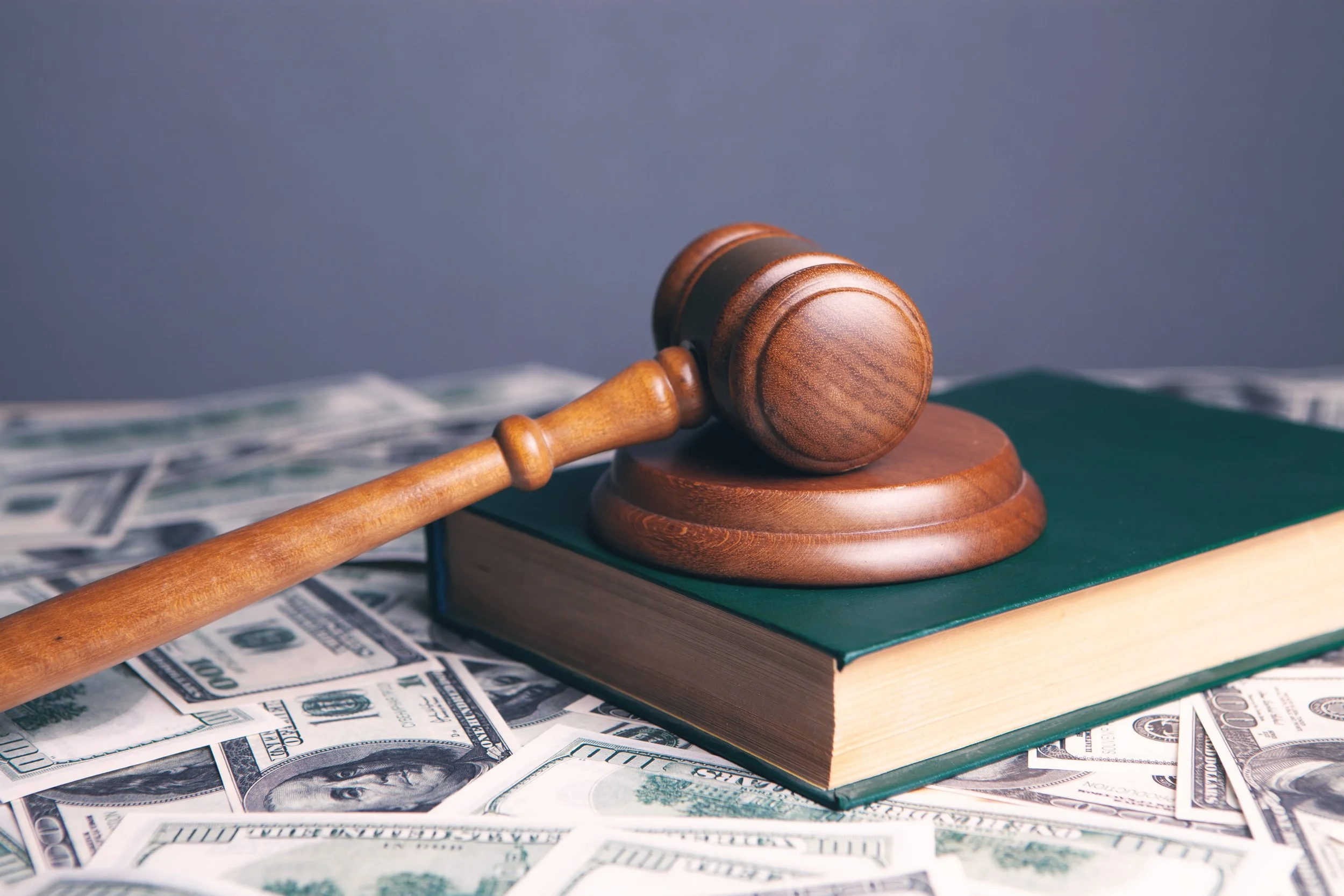Bankruptcy
Bankruptcy Overview
Chapter 7
Chapter 7 bankruptcy, known as liquidation bankruptcy, requires the sale of nonexempt possessions to repay creditors. However, you are allowed to retain certain exempt assets and possessions within certain limits. After the process concludes, any remaining included debts are discharged.
Chapter 13
When faced with overwhelming debt but a steady income, Chapter 13 bankruptcy can offer individuals a lifeline to regain financial stability. Often known as reorganization bankruptcy, this process involves creating a repayment plan that spans three to five years, with regular monthly payments. Upon completing the plan, individuals can have a significant portion of their outstanding debts discharged, offering them a chance to rebuild their credit and move towards a more secure financial future.
Chapter 11
Chapter 11 bankruptcy primarily serves corporations, partnerships, and limited liability companies (LLCs). However, in exceptional cases, individuals burdened with significant debt and who do not meet the eligibility criteria for Chapter 7 or Chapter 13 may be eligible for Chapter 11. This bankruptcy option allows them to restructure their debts and work towards a fresh start.





